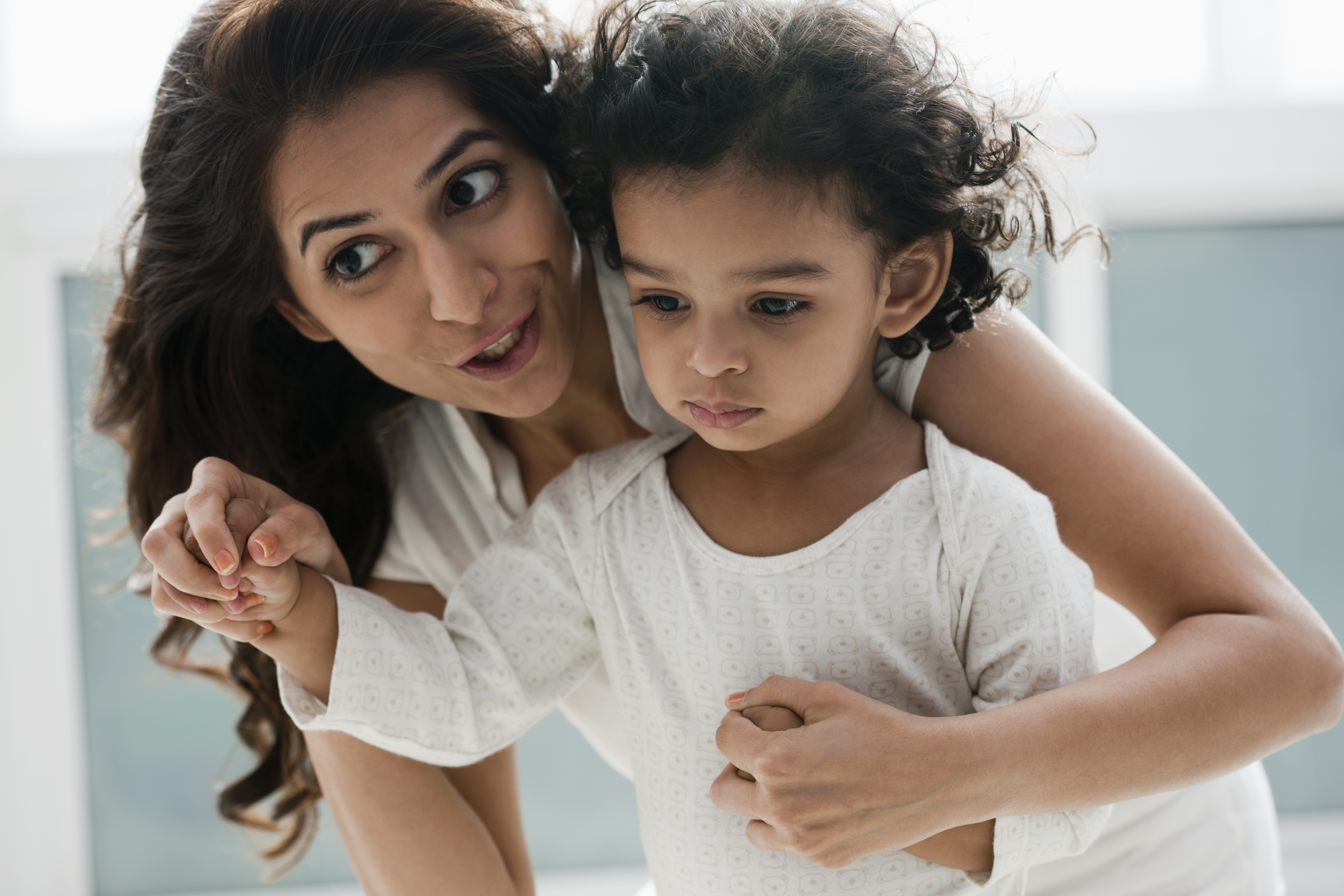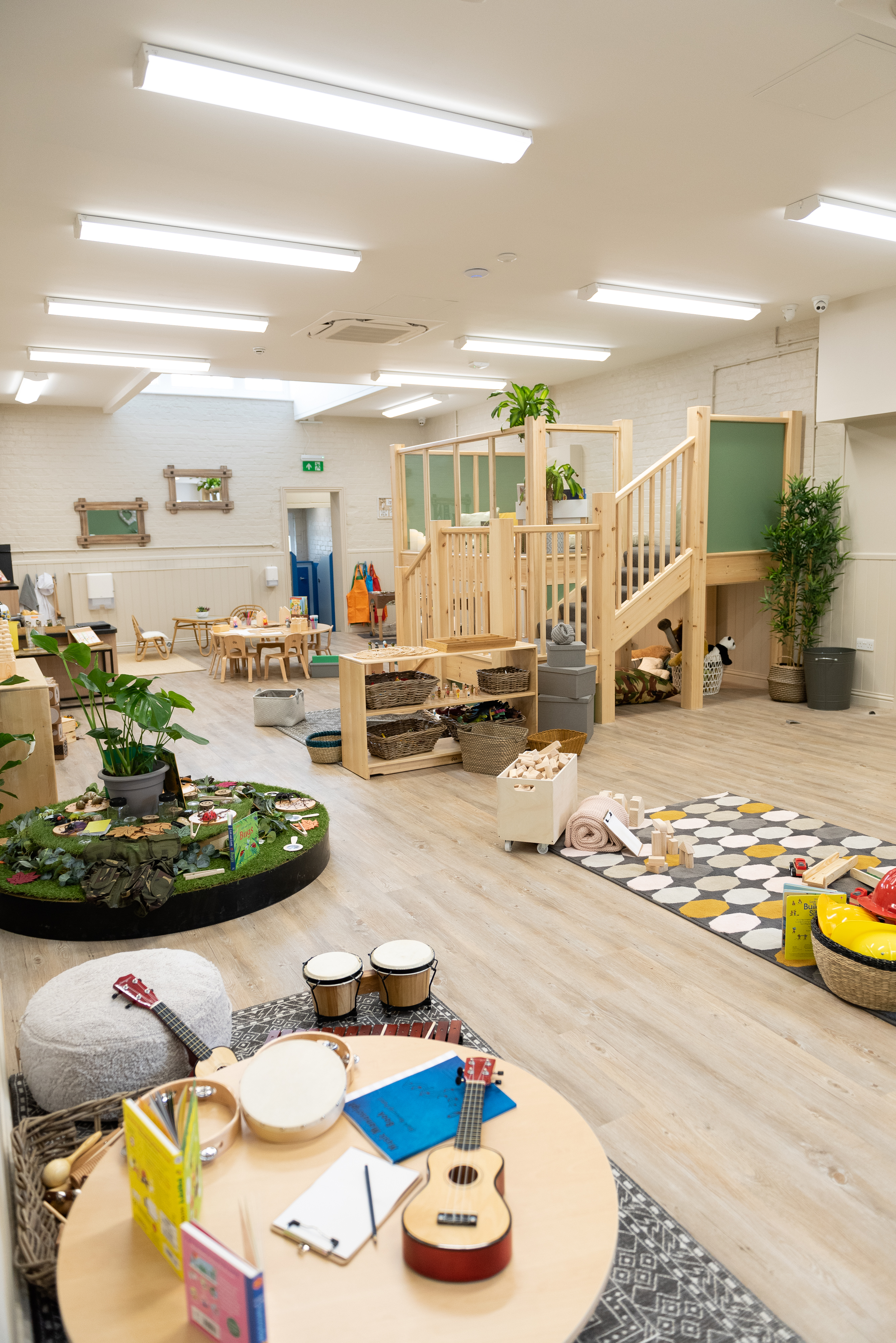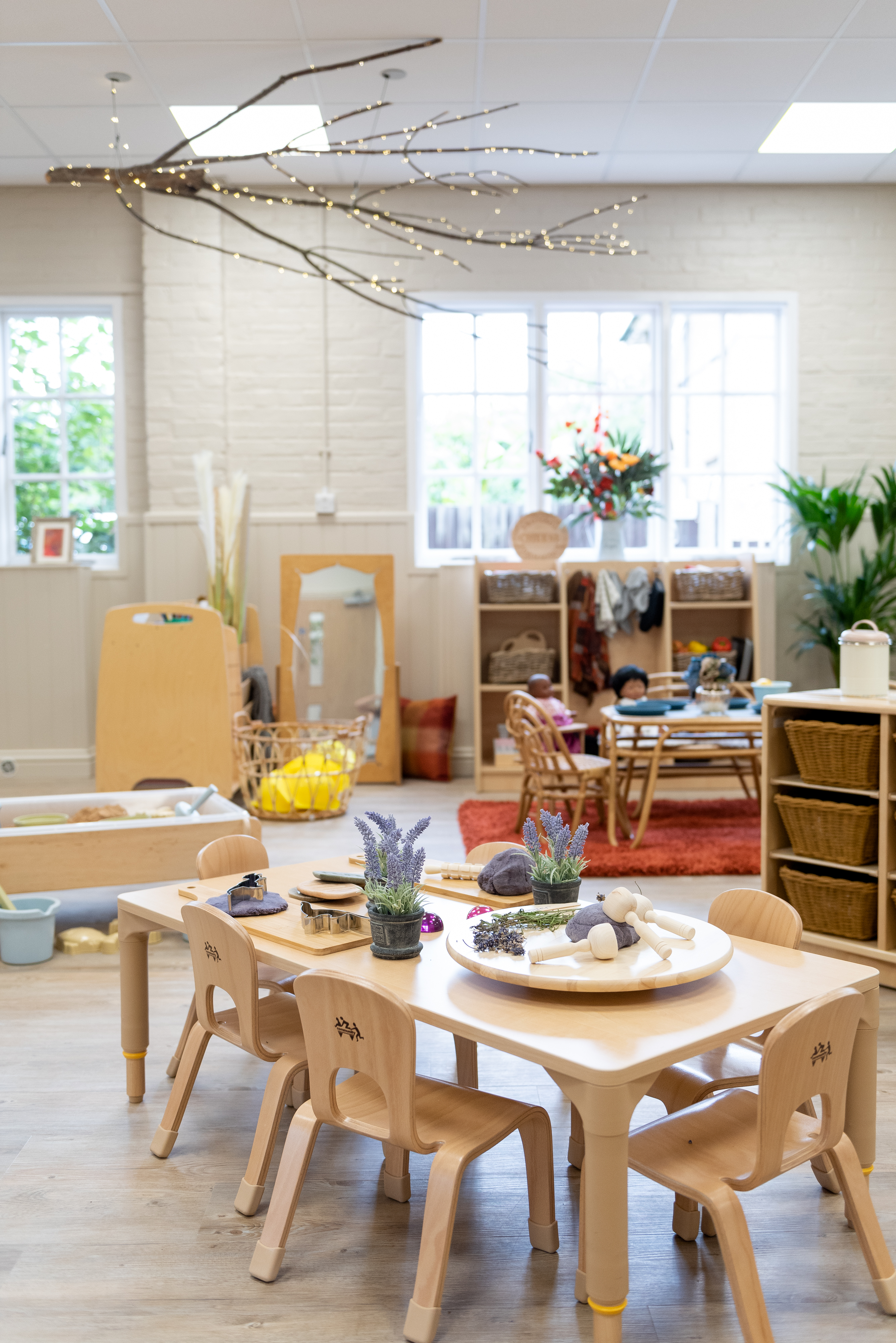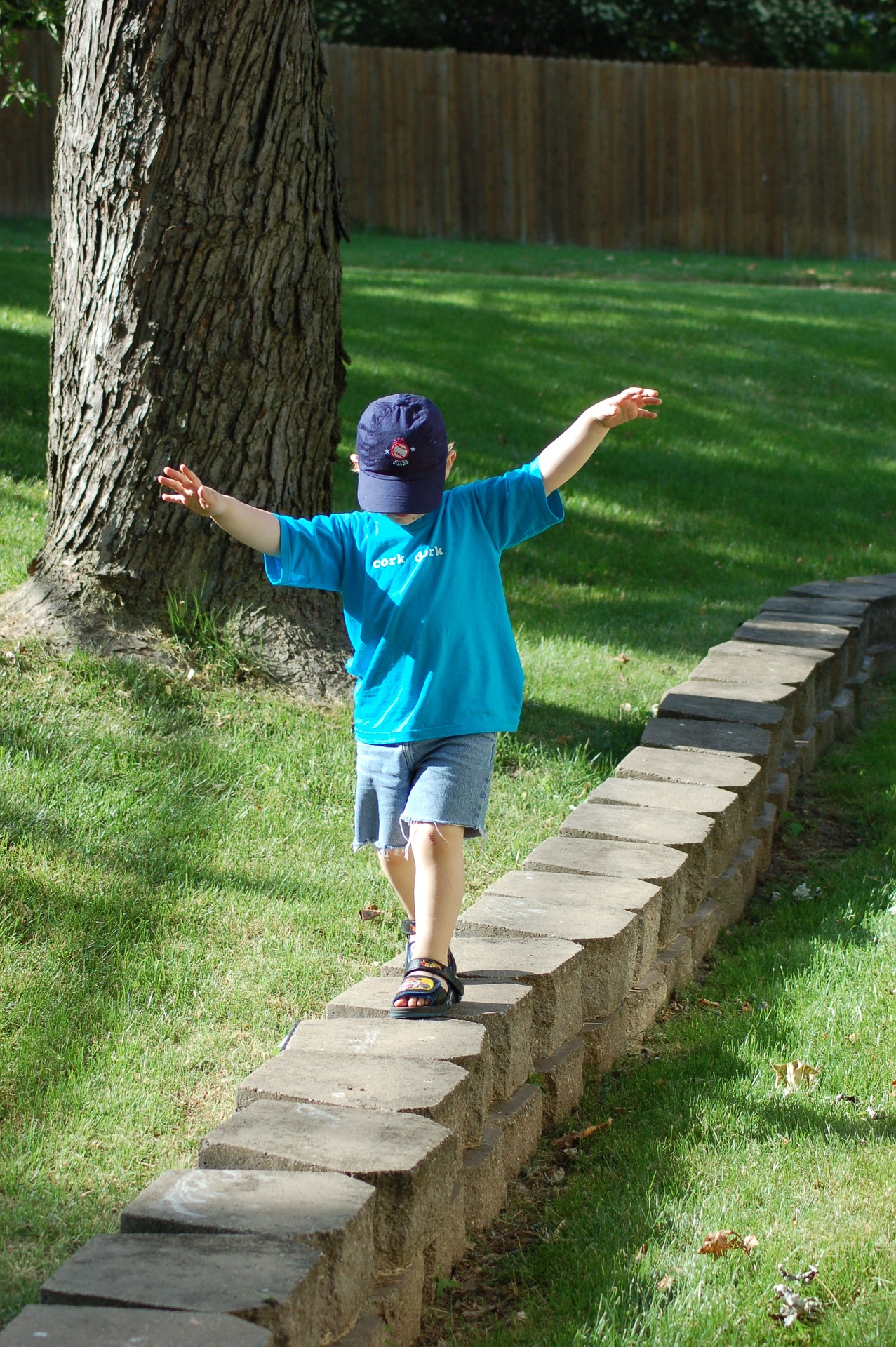Creating a safe learning environment
To help children to feel safe and be safe in your learning environment, you should provide well-managed opportunities for exploration and risk-taking, and remove hazards that are not easy for children to identify.
 |
These general steps will help you to assess the risks of your indoor and outdoor learning environment, activities and resources:
- Identify any hazards. (What is it? Where is it?)
- Decide who might be harmed and how.
- Evaluate the risks and decide on precautions. (Can I get rid of the risks altogether? If not, how can I control them?)
- Record your findings and implement them.
- Monitor and review. (Are my actions working well? If not, what is the best new solution?)
|
Possible hazards and risks will be specific to your individual setting. However, the list below provides general guidance on some of the things you should consider alongside your whole-setting safety policy.
Consideration
|
|
Questions
|
Adult awareness
|
 |
- Do all adults working with your children know about their special needs and medical conditions, and how to manage these?
- Do all adults working with your children know where the first-aid kit is stored, and your setting’s policies and procedures for giving first aid?
|
Learning environment
|
 |
- Is your usual learning environment age-appropriate and well-maintained? For example:
- Do you have low, open shelving to reduce the risk of resources falling on children?
- Are resources stored in small, light boxes that children can move without physical strain?
- Is there adequate space for children to play and use resources without risk of injury to themselves or others?
- Can children walk between different areas of the learning environment safely? For example:
- Have you planned your space so that there are clear walkways between different areas?
- Do you monitor walkways throughout the day in case of spills and dropped objects?
- Are areas that you use for group physical activities safe from hazards? For example:
- Will furniture present hazards for children when they are moving around freely?
- Do you check for spills and floor damage in indoor areas, especially when children have bare feet?
- Do you check for uneven or slippery surfaces in outdoor areas?
|
Resources
|
 |
- Are all your resources non-toxic and age-appropriate? For example:
- Are your paints and glues non-toxic?
- Do your scissors have blunt tips?
- When re-using everyday materials or collecting materials from nature, do you avoid materials that are sharp, or could be contaminated or toxic?
- Are your resources well-maintained? Do you regularly check that they are still safe after repeated use and exploration?
- Do your digital resources model eSafety? For example:
- Do you avoid:
- cables that can be accidently pulled, tripped over or trodden on
- overloaded plug sockets, even in situations where a single workstation contains several components (computer, screen, printer) that require a power source?
- Do you provide:
- seating that enables comfortable and safe use of the particular digital devices?
|
Activities and opportunities
|
 |
- Are your activities and opportunities age-appropriate?
- Do you give careful instructions, modelling and practice before children participate in activities and opportunities that have a new element of risk?
- Do you take appropriate safety precautions? For example:
- Can children easily wash their hands during and after messy activities?
- Do you include warm-up and cool-down routines in adult-led physical activities?
- Do you ensure soft-landing materials beneath climbing and balancing equipment?
- Do you plan your adult support carefully? For example:
- Are all children visible by an adult at all times, so you can monitor children’s safety?
- Do you ensure that activities involving more hazardous resources (e.g, small resources that present choking hazards, woodworking tools) are more closely supervised?
|



